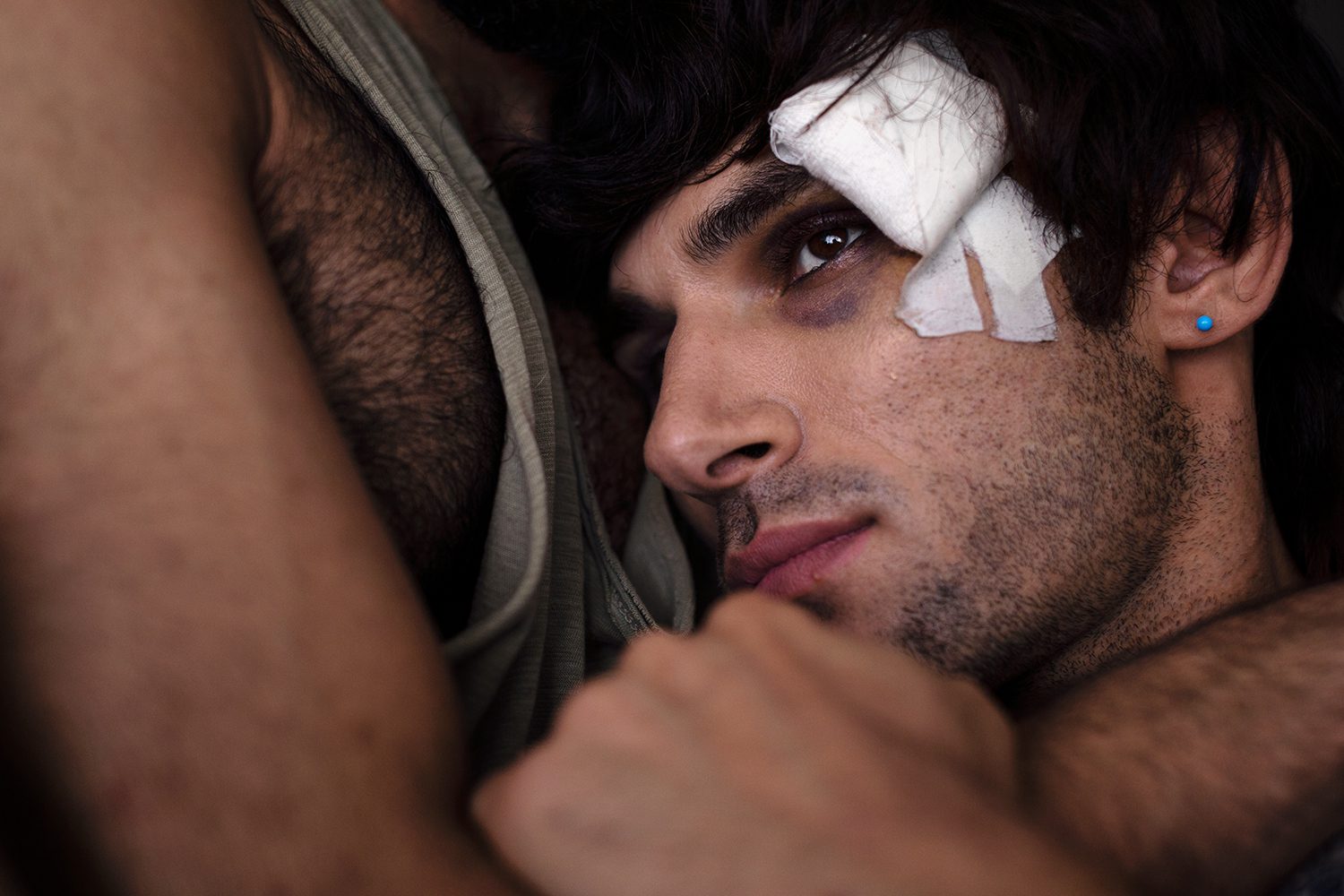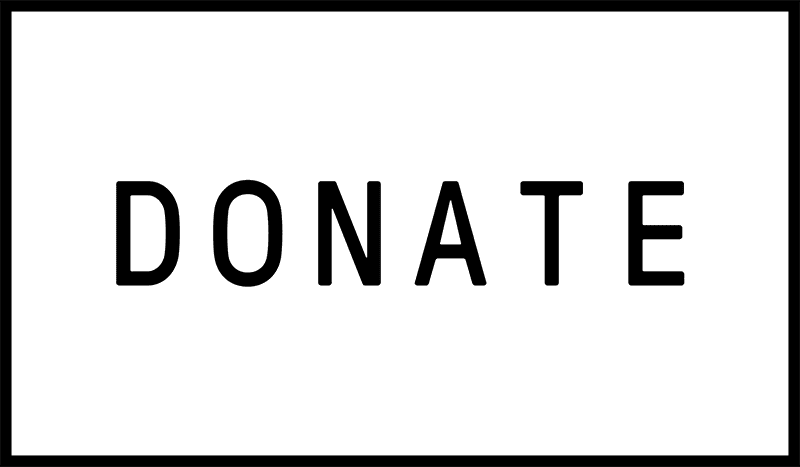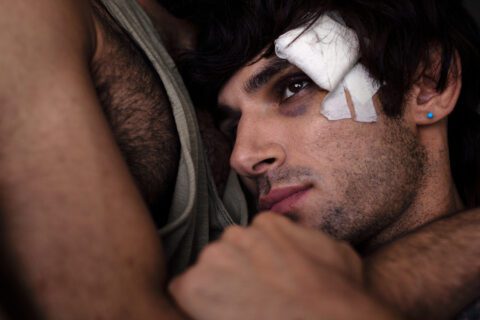Resistance

Ardavan is 27 years old and he is gay. He lived in Iran before being threatened with death by his family for revealing his gender identity. He is forced to seek refuge in Turkey to save his life and find a safe country. On his way home he is attacked by a bunch of homophobes, he is lying in him armpit after her partner bandages her wounds.
Although Turkey is the first destination of most Iranian LGBTQ+ refugees, the atmosphere and culture of Turkey is similar to that of Iran, and many LGBTQ+ people do not enjoy full security and are subject to physical violence.
Adravan (27) wordt getroost door zijn partner nadat hij op weg naar huis in Istanbul, Turkije, het slachtoffer werd van een gewelddadige, homofobe aanval. Adravan zocht asiel in Turkije na doodsbedreigingen en vervolging in zijn thuisland Iran, waar LHBTQIA+-mensen en alle seksuele relaties buiten het traditionele huwelijk strafbaar zijn. Volgens het Iraanse wetboek van strafrecht kan op seksuele activiteit tussen mensen van hetzelfde geslacht de doodstraf staan.
Veel LHBTQIA+-personen die zijn gevlucht voor door de staat gestuurd geweld, moord of vervolging, blijven helaas in de landen waar zij asiel aanvragen vaak ook geconfronteerd met vormen van geweld, discriminatie en misbruik.
LHBTQ+ vluchtelingen
Het is niet precies bekend hoeveel LHBTQ+ vluchtelingen er in Europa zijn, maar we weten wel dat er 70 landen zijn waar het strafbaar is om homoseksueel te zijn, en dat 11 landen* hier de doodstraf voor kennen. Er zijn veel redenen voor LHBTQ+ personen om elders asiel aan te vragen, maar velen zullen deze informatie niet bekendmaken om zichzelf te beschermen, of ze kunnen om andere redenen asiel aanvragen, zoals oorlog of politieke standpunten. Ze vormen een bijna onzichtbare categorie: om asiel te krijgen op basis van hun seksuele geaardheid of genderstatus moeten LHBTQ+ vluchtelingen aan de autoriteiten bewijzen dat ze queer zijn of vervolging vrezen. Maar het succes van een asielaanvraag hangt grotendeels af van het bestaan van niet-bestaand bewijs.
Veel LHBTQ+ asielzoekers hebben in hun vorige land niet openlijk kunnen leven, waardoor het bijna onmogelijk kan zijn om hun seksualiteit of genderidentiteit te “bewijzen”. Weinig EU-lidstaten hebben officiële richtlijnen voor het interviewen van LHBTQ+ personen, en asielambtenaren hebben vaak verouderde of stereotiepe ideeën over LHBTQ+ identiteiten. In Nederland bieden organisaties als LHBT Asylum Support hulp en advies aan deze kwetsbare groep. Zij melden dat ook hier 85% van de LHBTQ+ vluchtelingen slachtoffer is van discriminatie in Nederlandse asielzoekerscentra.**
* Bron: www.ilga.org
**Bron: https://lgbtasylumsupport.nl
Over de fotograaf
Alireza Goudarzi is geboren in 1985. Hij begon met fotografie in 2007. Sindsdien is hij geïnteresseerd in sociale documentaire fotografie. In 2018 kreeg hij een beurs van de Deense school voor media en journalistiek. Hij is op zoek naar de verhalen van de hedendaagse mens, de aarde en wat daarop gebeurt.
Hij gelooft dat verhalen belangrijk zijn voor onze huidige cultuur, en dat waarheidsgetrouwe foto’s mensen een reden kunnen geven om de wereld om hen heen te veranderen. Hij gelooft dat door verhalen zonder oordeel te vertellen we veranderingen kunnen aanbrengen voor een betere wereld. Hij richt zich op Iran en Afghanistan.
LGBTQ+ refugees
It is not known exactly how many LGBTQ+ refugees there are in Europe, but we do know that there are 70 countries where it is illegal to be homosexual, and 11 countries* have the death penalty for this. There are many reasons for LGBTQ+ people to seek asylum elsewhere, but many will not disclose this information through instincts to protect themselves, or they may claim asylum for other reasons, like war or political views. They are an almost invisible category: to be granted asylum based upon their sexual orientation or gender status, LGBTQ+ refugees need to prove to authorities that they are queer or fear persecution, yet a claims’ success is largely dependent on the existence of non-existent evidence.
Many LGBTQ+ asylum seekers have not been able to live openly in their previous countries, which can make it almost impossible to ‘prove’ their sexuality or gender identity. Few EU member states have official guidelines for interviewing LGBTQ+ persons, and asylum officers often have outdated or stereotyped ideas of LGBTQ+ identities. In the Netherlands, organisations such as LGBT Asylum Support offer assistance and advice to this vulnerable group. They report that even here, 85% of LGBTQ+ refugees are victims of discrimination in Dutch asylum seekers centers.**
* Source: www.ilga.org
** Source: https://lgbtasylumsupport.nl/
About the Series
Adravan (27) is comforted by his partner after falling victim to a violent, homophobic attack on his way home in Istanbul, Turkey. Adravan sought asylum in Turkey after facing death threats and persecution in his home country of Iran, where LGBTQIA+ people, and all sexual relations outside of traditional marriage, are criminalized. Under the Penal Code in Iran, sexual activity between members of the same sex can be punishable by death.
Many LGBTQIA+ people who are forced to flee state-directed violence, murder or persecution, unfortunately continue to experience frequent incidents of violence, discrimination, and abuse even in the countries where they seek asylum.
About the photographer
Alireza Goudarzi was born in 1985. He started photography in 2007. He has been interested in Social documentary photography since then. In 2018 he got a scholarship from the Danish school of media and journalism. He is seeking the stories of contemporary human beings, the earth, and what is happening on it.
He believes that stories are important for our current culture, and that truthful photos can give people a reason to change the world around them. He believes that by narrating stories without judgments we can make changes for a better world.He is focusing on Iran and Afghanistan.

